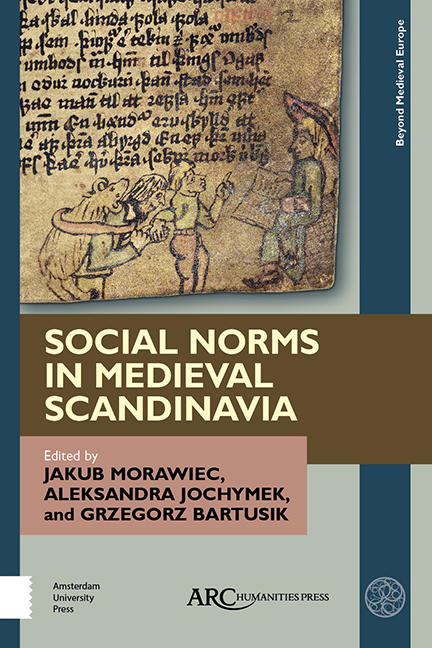Chapter 8 - Quid Sigurthus cum Christo? An Examination of Sigurd’s Christian Potential in Medieval Scandinavia
Published online by Cambridge University Press: 20 November 2020
Summary
EVEN IN ITS strict architectural sense, a church is a complex constructional organism, an intricate, if not always easily decipherable, combination of various symbolic elements whose meaning may depend upon a number of parameters and factors of locational, spatial, temporal and/ or, perhaps most importantly, cultural character. Since at least the second half of the fourth century, when the first tri-and tetraconchal (i.e. three-or fourapsed) basilicas are believed to have been erected, its cruciform floor plan has symbolically defined the very function of the church as a place of Christian worship. The cross-topped towers, domes, cupolas, and spires were (particularly in the past) meant to dominate the urban and rural landscapes of Christendom, accentuating the enormous role that the Catholic Church had played in the formation and development of European identity. The usually elongated nave, forming the longer, descending, arm of the Latin cross, which in the early Middle Ages became the standard floor plan of the majority of Western European churches, was so constructed to provide room for the masses of the faithful. Finally, though by no means least significantly, the very often highly ornamented portals through which the worshipers entered the church, were originally thought of by their architects, carpenters and stonemasons as message-laden doorways by means of which the threshold of spatially defined church could be crossed and the area of the sacred approached.
One such message-laden portal (or, rather, its fragments) with highly intricate, if not quite purely Christian, substance may be found today on display at the Museum of Cultural History (Kulturhistorisk museum) in Oslo. Saved from the Hylestad stave church, the renowned Sigurd portal is by far the most famous of all those that relate the story of Northern Europe's most famous hero— the posthumous son of Sigmund the Vǫlsung and legendary slayer of Fáfnir. In its present state, which, in all likelihood, does not deviate from the original form, the portal consists of two parallel panels, the right one covering three and the left one four scenes (read from bottom to top) from the narrative that could otherwise be found in, particularly, two heroic lays of the Poetic Edda: Reginsmál (Rm) and Fáfnismál (Fm) and the late thirteenth-century Vǫlsunga saga (VS).
- Type
- Chapter
- Information
- Social Norms in Medieval Scandinavia , pp. 155 - 172Publisher: Amsterdam University PressPrint publication year: 2019



